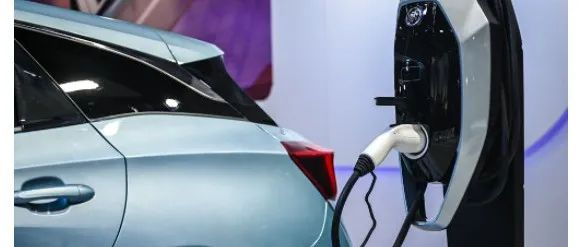Introduction
During this year’s National Day holiday, CCTV reported the emotional journey of a new energy vehicle owner from Shenzhen to his hometown in Hunan, which also pushed electric cars, which are currently on the rise, to the forefront of attention.
According to the owner’s description, he checked the navigation before departure and found that there was no traffic congestion on the highway during the National Day. So, he went on an impromptu trip. However, he never expected to encounter the embarrassing situation of queuing for charging at the Lei Yang service area. During the four hours he was waiting in line, the owner did not even dare to use the restroom, for fear of being cut in line for charging. After finally getting his turn, he spent another hour charging. Most ironically, during the interview, the owner quoted the statements of another netizen, who traveled back home with his friend. The friend was still waiting in line for charging on the highway while he himself had already arrived home.
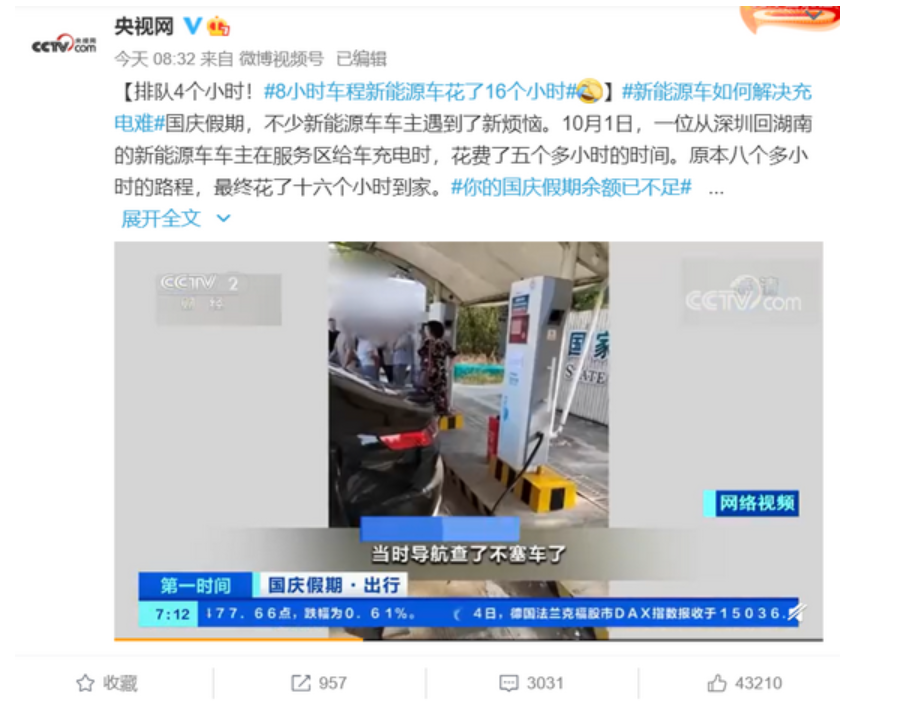
The continuous increase in the number of electric vehicles owned leads to a short-term contradiction between supply and demand
Currently, there are 6.78 million new energy vehicles in China, and since the beginning of this year, 1.87 million new vehicles have been registered, nearly 1.7 times the total in 2020. The rapid growth of electric cars ownership brings about the continuous increase in charging demand. According to data from the State Grid, on October 1st, the charging volume of highway charging facilities reached 1.4292 million kWh, nearly four times the daily charging volume on normal days, setting a historical record. From October 1st to 3rd, the total charging volume of the State Grid’s charging and swapping service network increased by 59% compared to the same period last year, with the charging volume of highway charging facilities increasing by 56.52% and the daily charging volume of urban charging facilities increasing by 75.23%.
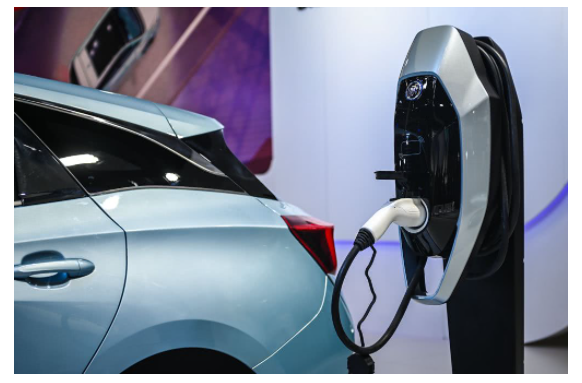
Regarding the problem of insufficient charging piles on the highway, the State Council Information Office stated at the press conference to promote the construction of new infrastructure in the transportation sector that the country is vigorously deploying charging piles in service areas on the highway, with a total of 10,836 charging piles and 2,318 service areas equipped with charging piles. The country is also vigorously promoting the construction of charging piles at highway, water, and land transportation hubs. In the face of the increasing ownership of electric vehicles and the demand for charging, accelerating the deployment of charging piles is key to the future promotion of electric vehicles. However, the current situation is quite clear: there is an insufficient number of charging piles on the highway network.One thing that must be mentioned is the significant tidal use of charging piles on highways. During holidays, people drive back home, and there is a high demand for charging piles. Usually, people use electric vehicles less for long distance travel. Facing such a significant tidal demand for charging, how to solve the profitability problem of charging piles is worth everyone’s attention. Otherwise, investing a lot of resources to build charging piles will inevitably bring problems in later maintenance and repair if the utilization efficiency is low.
Is the range the culprit?
Compared with fuel vehicles, the biggest disadvantage of electric vehicles is the short range due to the low energy density of the battery. However, the current NEDC range of electric vehicles can reach up to 400 km or 500 km, which is actually no different from traditional fuel vehicles and even better than many high fuel consumption vehicles. However, consumers have never had range anxiety for fuel vehicles, while they have been unable to alleviate their anxiety for electric vehicles no matter how much the range is extended. The root cause is:
- The estimated range of electric vehicles is inaccurate. Especially for lithium iron phosphate batteries, due to the characteristics of the battery, there is often a sudden drop in the battery level, making it difficult for drivers to plan their charging in advance;
- The current domestic charging network is not perfect yet. Compared with gas stations everywhere, the charging network has made tremendous progress compared to a few years ago, but it is still insufficient. Especially for ordinary electric vehicles, their charging time is generally around an hour.
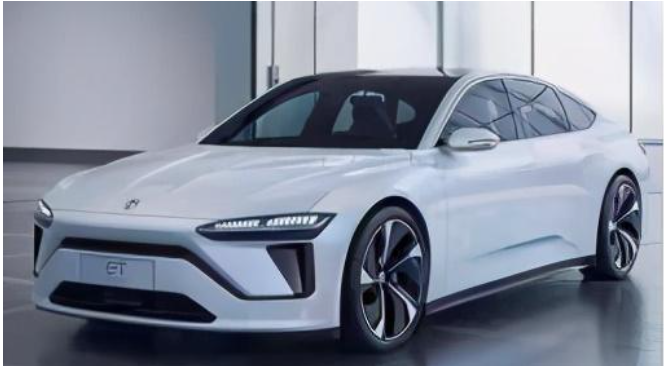
Therefore, even if we continuously increase the range of electric vehicles and introduce electric vehicles with a range of 1000 kilometers to the market, it is still unable to fundamentally eliminate consumers’ range anxiety. A 1000-kilometer battery pack not only increases the energy consumption of electric vehicles per hundred kilometers, making electric vehicles not environmentally friendly (considering that most of China’s electricity comes from coal-fired power plants), but also significantly increases the purchase cost of electric vehicles. From all aspects, it is not worth vigorously promoting.
Battery swapping and supercharging also have their own advantages and disadvantages
To make up for the shortcomings of the charging network and the long charging time, promoting supercharging and battery swapping technology is the best way to make up for the shortage of charging piles in the short term.Currently, both Tesla and GAC AION have developed their own Supercharging Technology, and GAC AION’s Supercharging Technology, which was showcased to the public earlier this year, can provide 200 km of driving range after only 5 minutes of charging. However, Supercharging places a significant burden on the power grid. If all domestic automakers shift to Supercharging Technology, it will undoubtedly place an unbearable load on the power grid. Updating the power grid means a large amount of investment, which could even reach hundreds of trillions. And this inevitably involves national strategy. Under the circumstance that the existing power load can meet the basic needs of industry and agriculture, it is difficult to upgrade the power grid facilities just because of electric vehicles. This has become a constraint for the rapid development of Supercharging Technology in China to a certain extent.
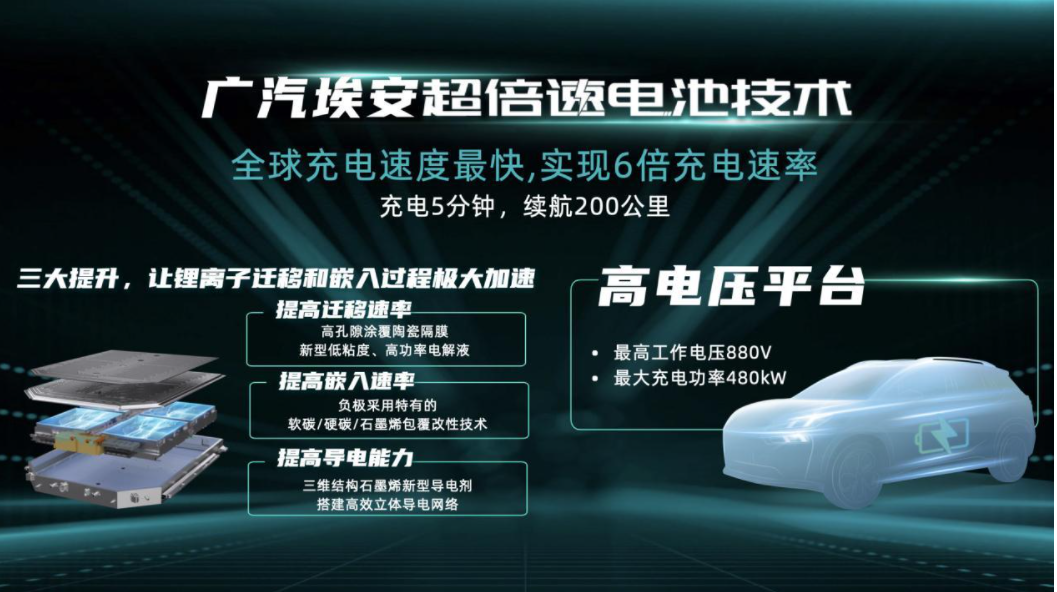
In contrast to Supercharging Technology is the Battery Swapping Technology that is currently being heavily promoted in China. The battery swapping station can use off-peak charging to relieve the burden on the power grid. Moreover, the entire battery swapping process can be performed automatically, with high efficiency, and without taking up too much time for vehicle owners. However, there are also problems with battery swapping. The most suitable battery swapping mode is often a battery leasing model that separates the vehicle from the battery. For automobile manufacturers, battery leasing means heavy asset operation, and all kinds of battery costs need to be borne by them. NIO Power, a subsidiary of NIO, is still in a loss-making situation, which also indicates that the battery swapping mode needs more exploration in terms of achieving profitability and self-financing. The difficulty of this exploration is much lower than that of transforming the power grid.
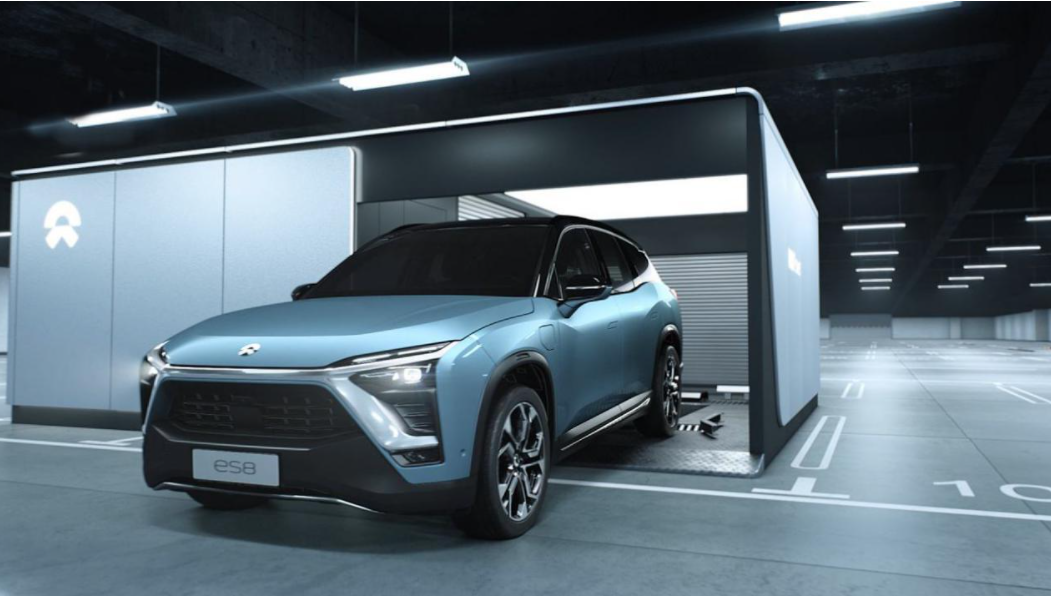
Only by truly improving the charging network and developing a driving experience that is no different from traditional fuel-powered vehicles can electric vehicles be truly promoted from a product perspective. The key to truly dispelling consumer range anxiety is to significantly shorten charging time without increasing the burden on the power grid. The power outages and power restrictions that have occurred in multiple provinces in China have already made many consumers hesitant to buy electric vehicles. If the problem of difficult charging on highways is not resolved, the use scenario of electric vehicles will be further restricted. Even with the national policy of green license plates and subsidies, electric vehicles are still difficult to truly enter ordinary consumers’ homes and will only remain a product of policy.
This article is a translation by ChatGPT of a Chinese report from 42HOW. If you have any questions about it, please email bd@42how.com.
